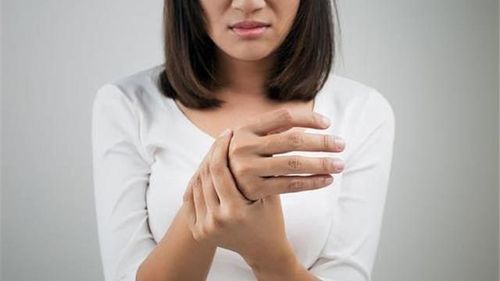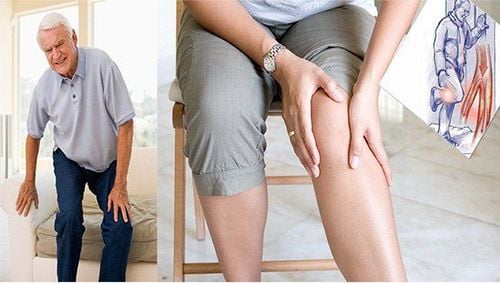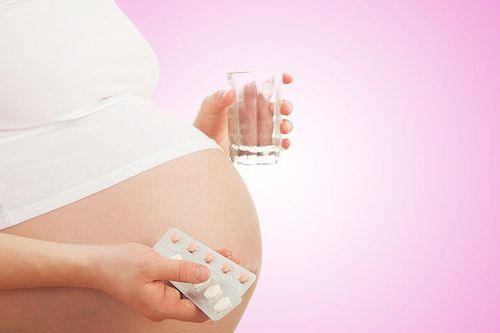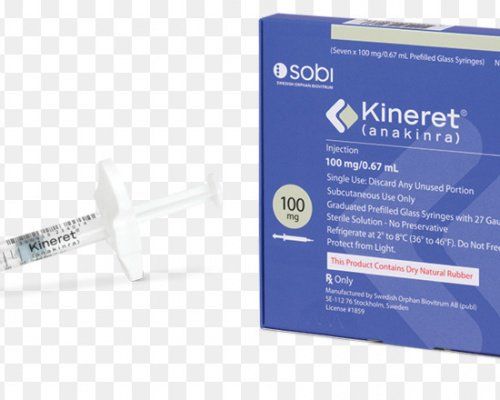This is an automatically translated article.
Menopausal musculoskeletal disease is one of the common diseases that many women complain about, along with menopausal osteoporosis. Postmenopausal women are the main target group for arthritis, so more research is being conducted to find out the relationship between menopause and arthritis.1. What is menopausal arthritis?
Arthritis is a term that refers to swelling, pain and stiffness in the joints. Besides osteoarthritis alone, other musculoskeletal disorders characterized by inflammation include rheumatoid arthritis and septic arthritis.
Osteoarthritis is the most common form of arthritis. The inflammatory response and pain in osteoarthritis are caused by the destruction of the cartilage discs between the joints. Commonly injured joints include the knee, shoulder, and hip joints.
Many researchers have reviewed reports on estrogen levels and arthritis, finding evidence to support a link between estrogen and bone health. However, they were unable to confirm what this exact relationship was.
In another meta-study of the incidence and risk factors of osteoarthritis, researchers once again documented the role of estrogen in osteoarthritis. They agree that arthritis is most commonly found in postmenopausal women.
Researchers are also learning about estrogen replacement therapy (ERT) to treat arthritis. However, information on the effectiveness of this method is still incomplete. Estrogen replacement therapy (ERT) is sometimes used to control menopausal symptoms such as hot flashes and night sweats. ERT can have side effects and increase the risk of heart disease and breast cancer . If ERT is used, the doctor will use the lowest effective dose and monitor the patient closely to detect side effects early, if any.
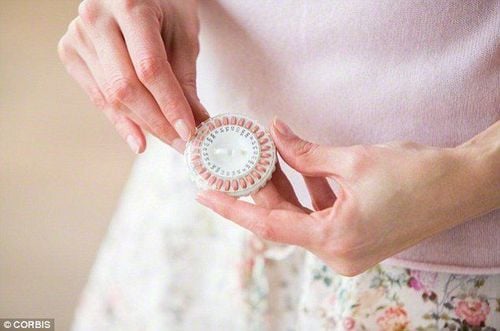
Liệu pháp thay thế hóc môn được sử dụng trong điều trị bệnh viêm khớp tuổi mãn kinh
2. Risk factors for menopausal arthritis
Postmenopausal women have a higher risk of developing arthritis, especially women with the following characteristics:
Overweight or obese Age 50 or older Have a family history of musculoskeletal conditions joints, especially arthritis Have a history of injury to one or more joints Have deformities that cause bone deformity Nutritional deficiencies, especially not supplementing with enough groups of substances such as omega 3, vitamin C, vitamin E Have diabetes diabetes Regularly engage in strenuous activities Smoking or using other substances.
Older women have an increased risk of arthritis. This means that estrogen levels and menopause are related. Prevention of arthritis is not easy, but some methods can be applied if you want to improve the health of your joints, including:
Regular exercise and sports. Maintain a reasonable weight Avoid doing repetitive movements that make joints work too much Don't smoke Eat enough nutrients, balance between groups of substances, add enough micronutrients such as: vitamin.

Phụ nữ tuổi mãn kinh nên ăn uống đầy đủ chất dinh dưỡng giúp cải thiện tình trạng sức khỏe
3. Recognizing signs of menopausal arthritis
Symptoms of Osteoarthritis include:
Pain in or around the joints Edema, fluid accumulation around the joints Limited range of motion Cracking sound during joint movement Muscle stiffness or weakness Bone spurs Symptoms of the disease Menopausal arthritis is often very variable, depending on the severity and location of the affected joints. If two or more symptoms appear long-lasting, chronic, the patient should see a specialist immediately for advice and treatment.
To diagnose menopausal arthritis, the doctor may order a number of tests including:
Clinical examination to evaluate joint range of motion, muscle strength and coordination of movements X-ray film to evaluate and detect bone and cartilage loss
4. Measures to treat menopausal arthritis
Like many other musculoskeletal diseases, menopausal arthritis is a long-lasting chronic disease. Currently, there is no specific treatment to completely cure menopausal arthritis.
The main purpose of treatment is to relieve symptoms, control the disease, slow the progression of the disease and improve the patient's quality of life. The treatment measures are effective and meet the above purpose, including:
Maintain a healthy body shape, avoid overweight and obesity. Choose sports that have little impact on joints such as swimming, yoga. and bike ride. Establish a balanced diet, including adequate nutrients, especially vitamin D and calcium. Use anti-inflammatory drugs such as ibuprofen Use common pain relievers such as paracetamol Do physical therapy

Một số loại thuốc được bác sĩ chỉ định trong điều trị bệnh viêm khớp tuổi mãn kinh
The treating doctor may prescribe anti-inflammatory drugs such as diclofenac. In some situations, cortisone injections may be indicated for pain relief if other conventional methods have not been effective. Surgery is essential in severe cases. Arthroscopic arthroscopy or joint replacement are commonly recommended and used methods. Vinmec International General Hospital is one of the hospitals that not only ensures professional quality with a team of leading doctors, medical system, and medical staff. modern technology equipment system. The hospital provides comprehensive, professional medical examination, consultation and treatment services, civilized, polite, safe and maximum sterilization space..
Please dial HOTLINE for more information or register for an appointment HERE. Download MyVinmec app to make appointments faster and to manage your bookings easily.




